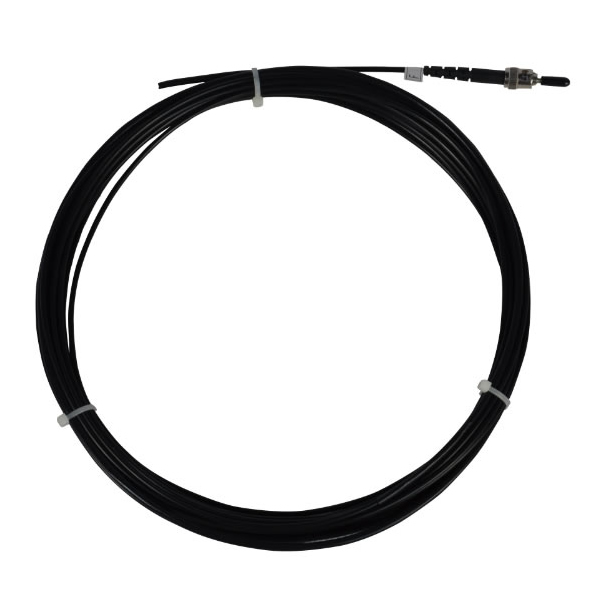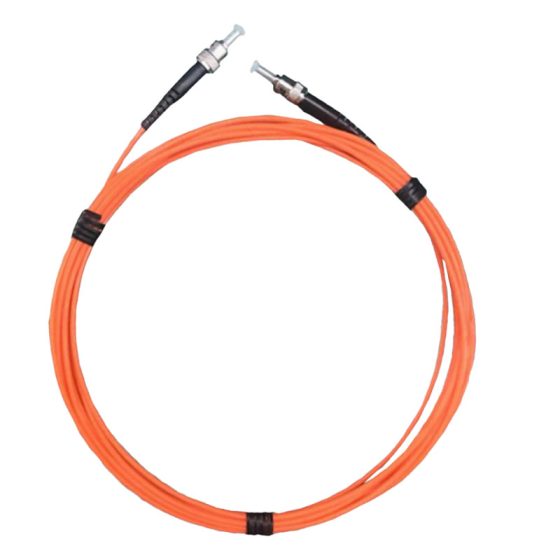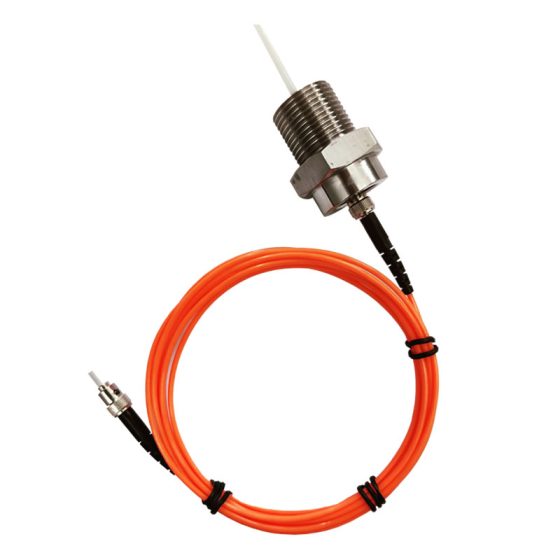Fluorescent temperature sensors belong to all light measurement devices;
Only optical signals without electrical signals are true passive probes;
High insulation and voltage resistance, able to withstand 100kV power frequency voltage;
Essentially immune to electromagnetic interference;
The accuracy of detection and the stability of data transmission are completely unaffected.
The advantages of fiber optic temperature sensors
Strong anti pollution flashover ability
The sensor is covered with a PTFE jacket with strong stain resistance to ensure the safety of the system.
Temperature sensitive materials have high reliability
The temperature sensing material of the temperature sensor is rare earth material, which has long-term stability. Ko e fiber optic temperature sensor does not require maintenance, has reliable performance, and a service life of over 30 ngaahi taʻu.
Accurate positioning measurement
The temperature sensing probe has a small volume and can accurately locate the installation position, making it widely used for temperature monitoring in power equipment and harsh special environments.
Temperature measurement cycle is less than, with high real-time performance
The temperature measurement cycle is less than 1 second, which can fully ensure the timeliness of the alarm.
Fluorescent fiber optic mafana ʻo e ʻea probe will monitor the part of the temperature information is converted into light signals and transmitted to the fiber optic temperature transmitter, fiber optic sensor probe can be installed directly on the measured point, accurate temperature measurement, rapid response: its pigtail selection of soft, strong, specially designed optical fiber, with anti-electromagnetic interference, bending resistance, impact resistance and high strength; fiber optic sheath using PTFE, high temperature, aging resistance, corrosion-resistant, with high temperature resistance, aging resistance, corrosion fakafepaki, high insulation, non-adhesion and other characteristics, can be adapted to high pressure, high temperature, strong electromagnetic and other harsh environments. Not only in the electric power industry, such as: high-voltage electrical equipment instrumentation temperature measurement, generator diagnostic system and transformer winding temperature measurement, high-voltage circuit breaker contact temperature measurement, cable joint temperature measurement, mo e ala meʻa pehē., widely used, but also in biology, medicine and other areas that require high-precision temperature measurement should also be suitable.
Introduction of fluorescent fiber optic sensing probe
 ʻIkai ha kalava optic e mafana ʻo e ʻea ,founga vakaiʻi ʻo e māfana ʻo e ʻeá.
ʻIkai ha kalava optic e mafana ʻo e ʻea ,founga vakaiʻi ʻo e māfana ʻo e ʻeá.





